mrabney
-
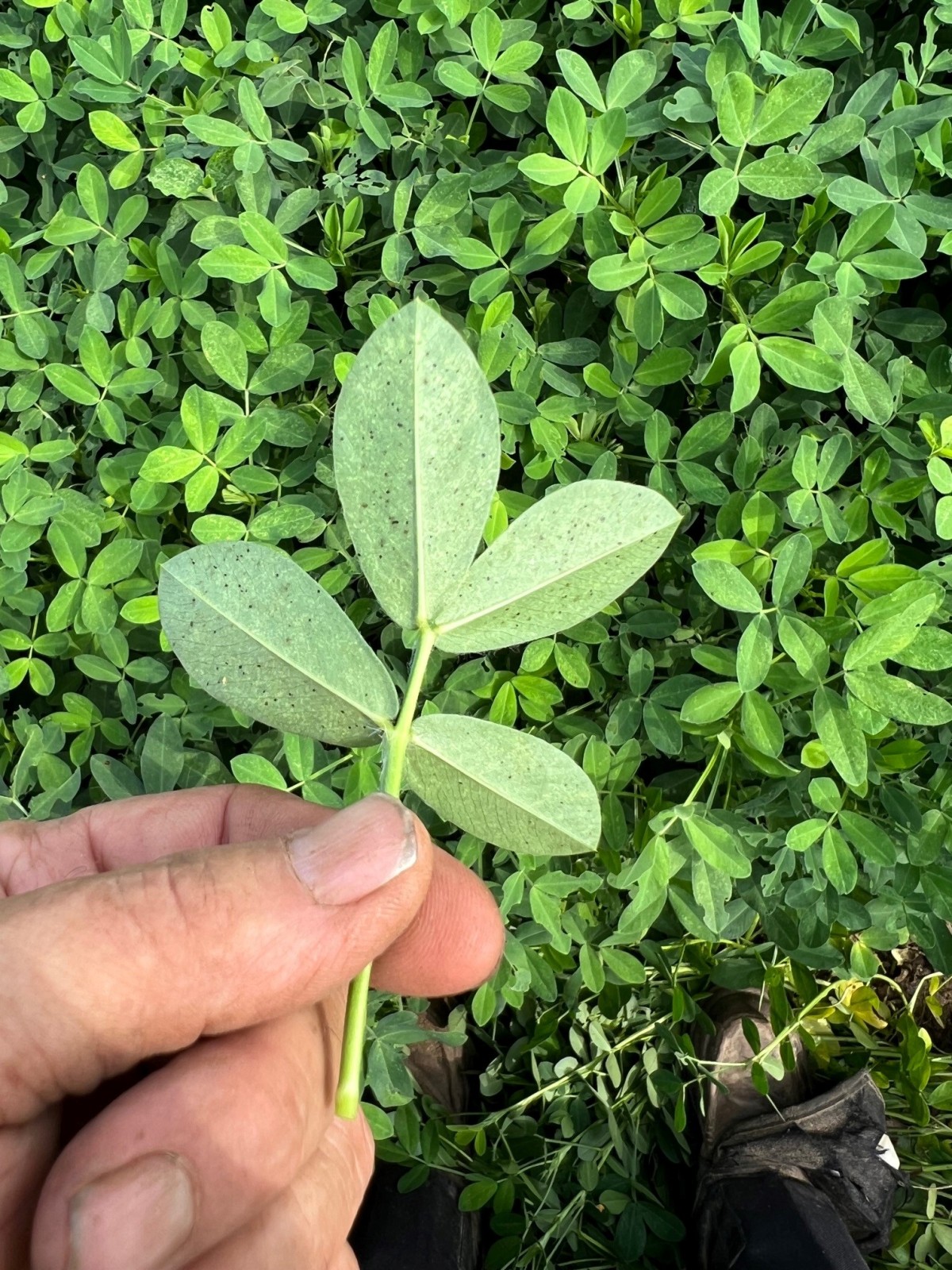
I have gotten several reports of building populations of garden fleahoppers (GFH) in peanut (and other crops) over the last couple weeks. Below is a UGA Peanut Entomology blog post from a few years ago about GFH that will give you some basic information about the insect. As always, if you have questions about garden…
Posted in: Garden fleahopper -

Velvetbean caterpillars (VBC) have become abundant in Georgia peanut fields over the last 10 days. Growers that do not have a scout or consultant should check their fields for infestations TODAY. Over the course of the last week I have seen fields stripped to bare stems and have heard of caterpillar counts up to 15…
-

After thrips, foliage feeding caterpillars are the most often treated insect pest in Georgia peanut fields. While it is certainly not uncommon for caterpillar infestations to reach the economic threshold (the threshold ranges from 4 to 8 caterpillars per row foot depending on crop condition), not every peanut field in the state will need to…
-
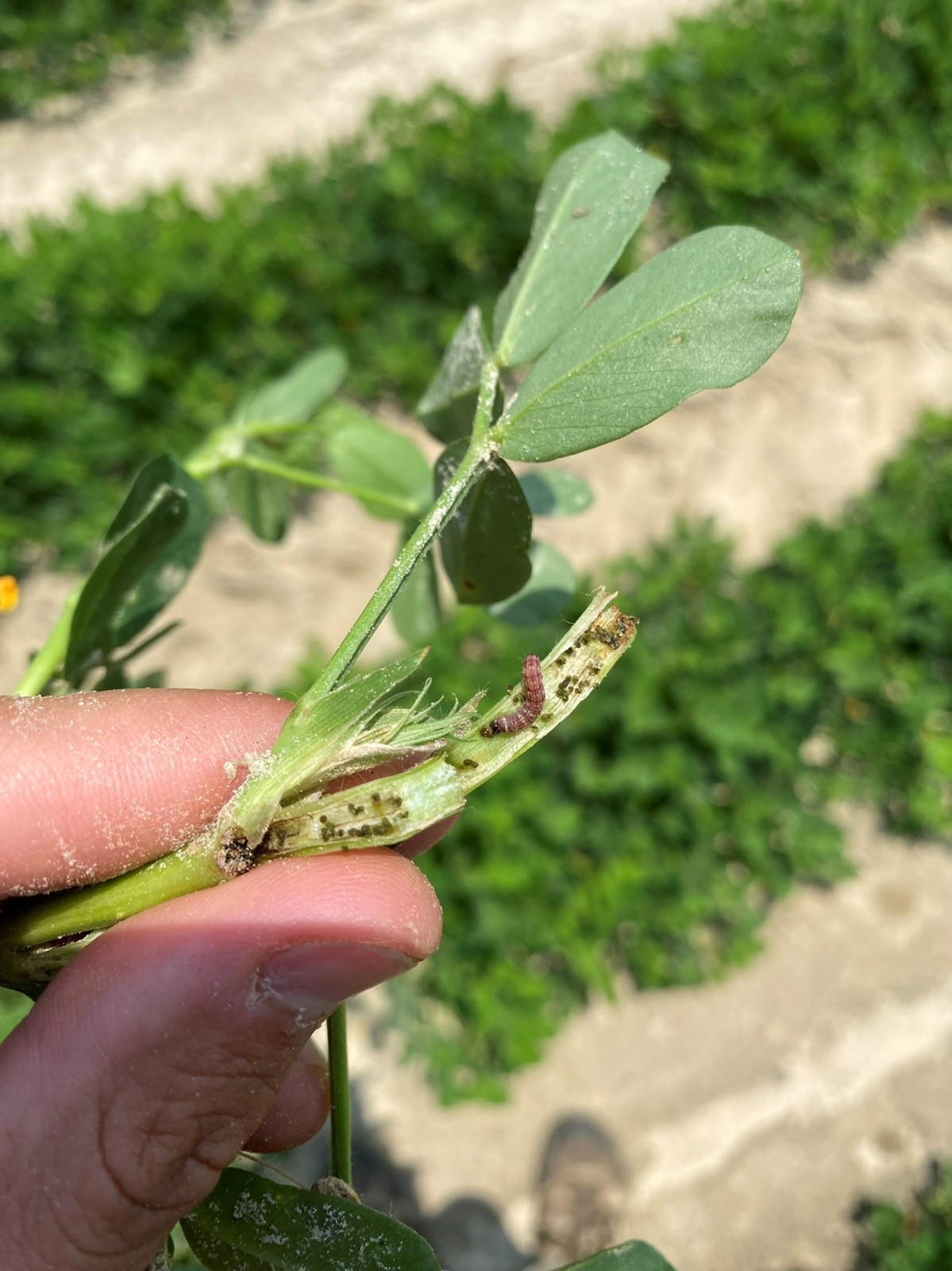
The 2023 peanut growing season did not start out hot and dry, but nobody bothered to tell the lesser cornstalk borers (LCB). This pest is generally only a serious problem when temperatures are in the 90s and rainfall is scarce; nevertheless, LCB populations were reaching threshold levels in peanut fields all across Georgia by the…
Posted in: LCB -
We are at the point in the growing season where a lot of Georgia peanut fields are 25 to 35 days after planting. Though thrips pressure has not been particularly high in 2023, it doesn’t take many adults per plant to produce a damaging population of immatures on peanut. Thrips injury typically peaks around 28…
Posted in: Uncategorized -
Peanut planting time has arrived in Georgia, and that means thrips season is here as well. Many of the decisions a peanut grower makes at planting will affect the risk of thrips infestation and the risk of Tomato spotted wilt disease. By now, growers should have a plan for managing thrips and TSWV, but here…
Posted in: Uncategorized -
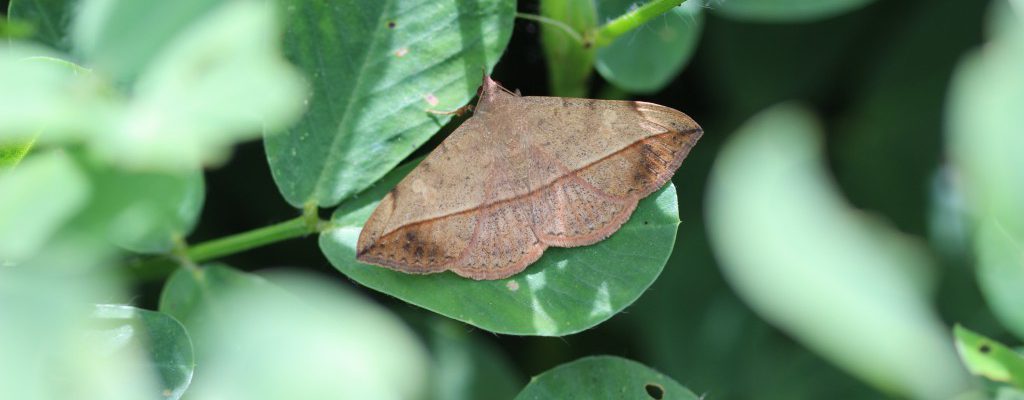
The July rain in South Georgia will reduce the severity of lesser cornstalk borer infestations in many fields and will at least buy us some time before spider mites become a serious concern. If the rain continues through the remainder of the season, we will likely not have to battle either of these pests over…
-
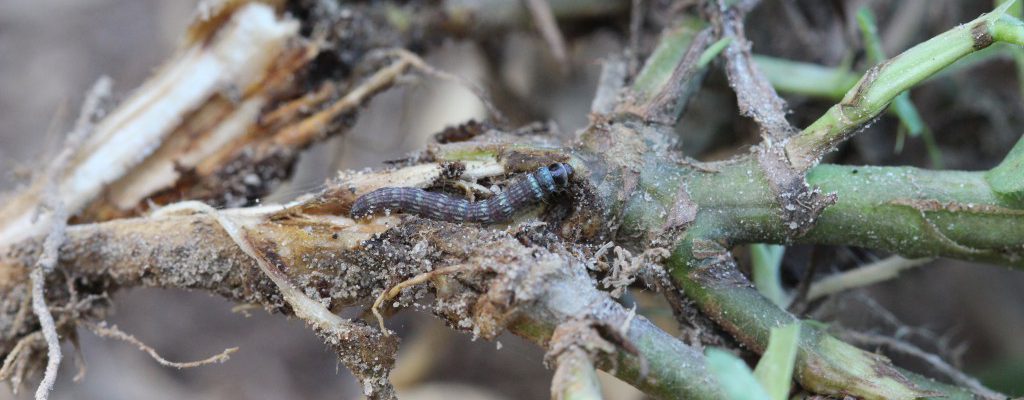
Regardless of whatever else has to be done on the farm in South Georgia over the next fourteen days, one thing that needs to happen is scouting peanut fields for lesser cornstalk borer (LCB). This insect is the most damaging pest of peanut in Georgia; it feeds on stems, pegs, and pods, and it will…
Posted in: LCB -
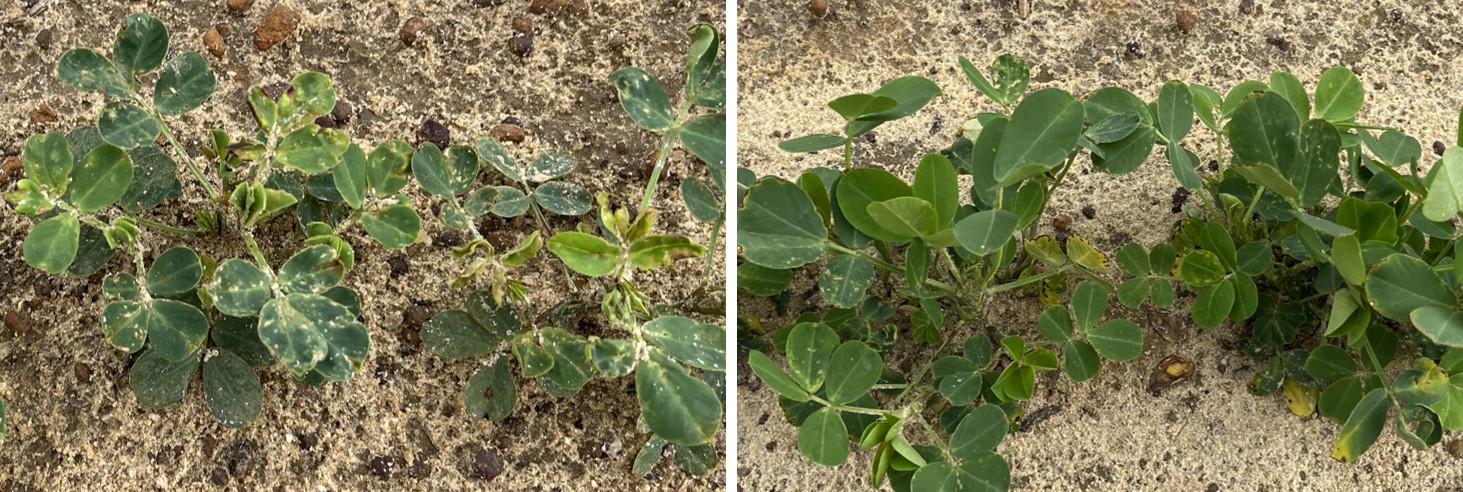
The value of at-plant insecticides for thrips management was readily apparent in UGA trials this week in Tifton. While untreated peanuts were getting hammered (picture on the left below), all of the in-furrow insecticide treatments we are evaluating were holding up pretty good (picture on the right below: phorate treated). Thrips injury generally peaks around…
Posted in: Uncategorized -
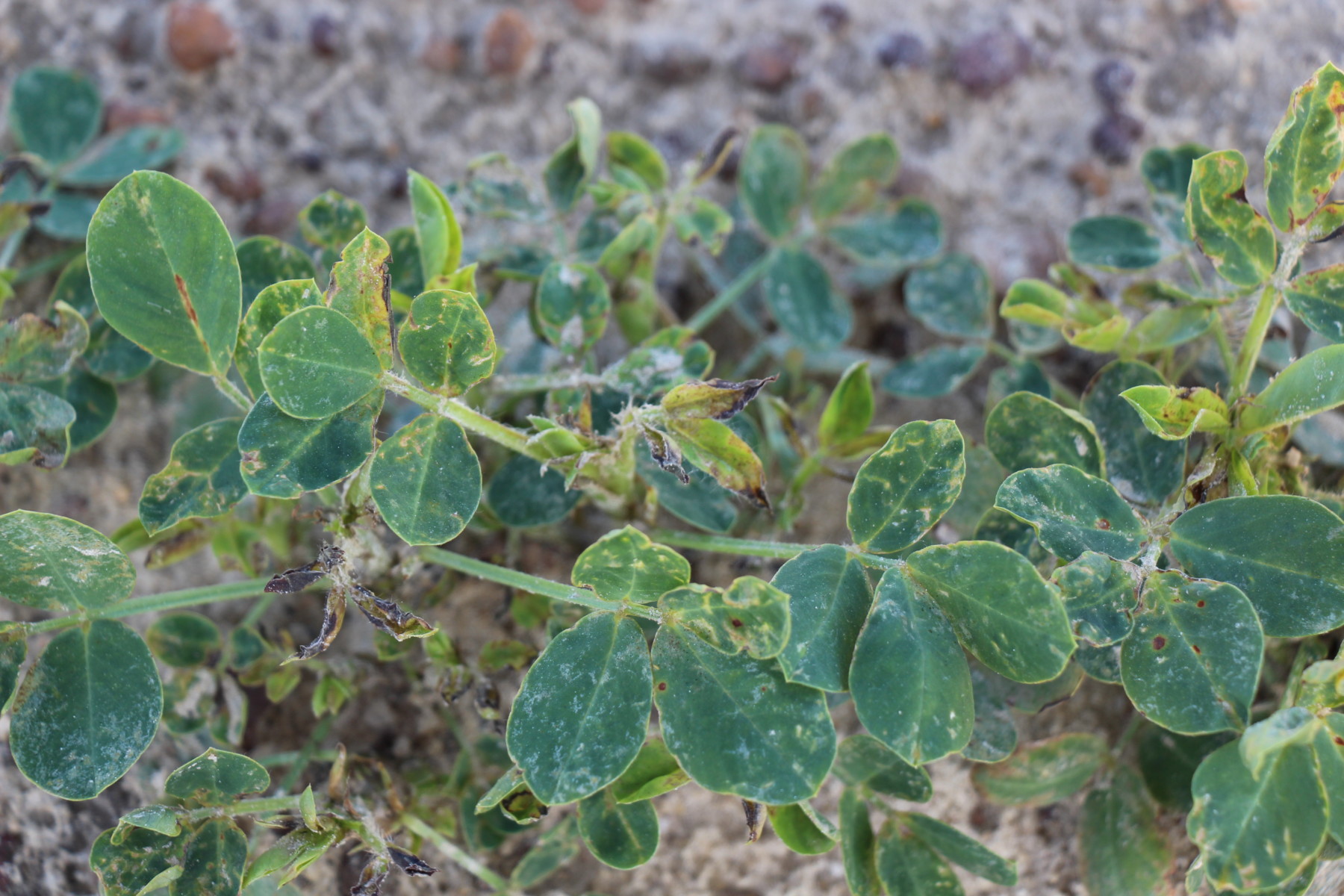
I will make this post as straight forward as I can. UGA research shows that for every 1% Tomato spotted wilt Virus (TSWV) incidence in GA-06G at the end of the season, peanuts lose 20 pounds of yield per acre. Most thrips management options and all TSWV management options end when the seed furrow closes.…
Posted in: Thrips